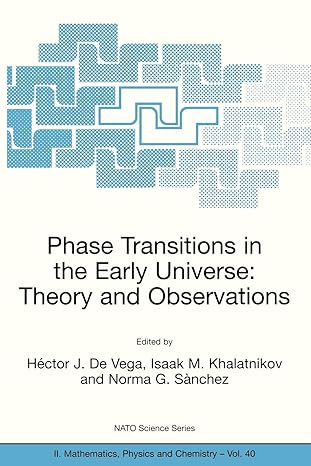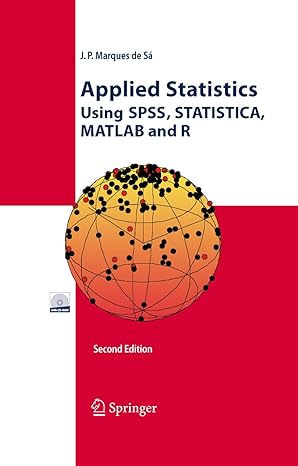Go back


Phase Transitions In The Early Universe Theory And Observations(1st Edition)
Authors:
HeCtor J. De Vega ,Isaak M. Khalatnikov ,Norma G. SaNchez

Cover Type:Hardcover
Condition:Used
In Stock
Shipment time
Expected shipping within 2 DaysPopular items with books
Access to 30 Million+ solutions
Free ✝
Ask 50 Questions from expert
AI-Powered Answers
✝ 7 days-trial
Total Price:
$0
List Price: $201.92
Savings: $201.92(100%)
Solution Manual Includes
Access to 30 Million+ solutions
Ask 50 Questions from expert
AI-Powered Answers
24/7 Tutor Help
Detailed solutions for Phase Transitions In The Early Universe Theory And Observations
Price:
$9.99
/month
Book details
ISBN: 140200057X, 978-1402000577
Book publisher: Springer
Get your hands on the best-selling book Phase Transitions In The Early Universe Theory And Observations 1st Edition for free. Feed your curiosity and let your imagination soar with the best stories coming out to you without hefty price tags. Browse SolutionInn to discover a treasure trove of fiction and non-fiction books where every page leads the reader to an undiscovered world. Start your literary adventure right away and also enjoy free shipping of these complimentary books to your door.
Book Summary: A fundamental, profound review of the key issues relating to the early universe and the physical processes that occurred in it. The interplay between cosmic microwave background radiation, large scale structure, and the dark matter problem are stressed, with a central focus on the crucial issue of the phase transitions in the early universe and their observable consequences: baryon symmetry, baryogenesis and cosmological fluctuations. There is an interplay between cosmology, statistical physics and particle physics in studying these problems, both at the theoretical and the experimental / observational levels. Special contributions are devoted to primordial and astrophysical black holes and to high energy cosmic rays and neutrino astrophysics. There is also a special section devoted to the International Space Station and its scientific utilization.
Customers also bought these books
Frequently Bought Together
Top Reviews for Books
Request w968lbt
( 5 )
"Delivery was considerably fast, and the book I received was in a good condition."










